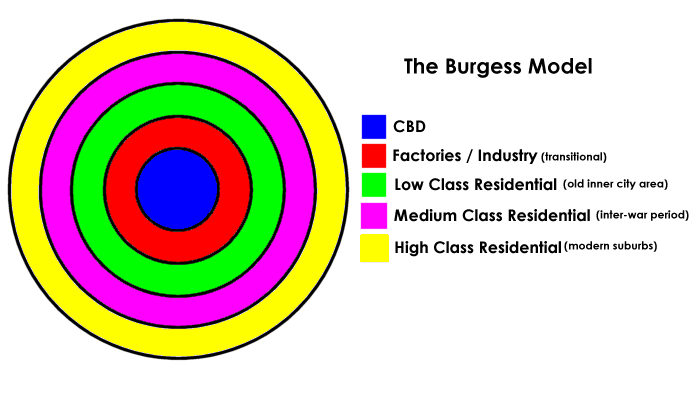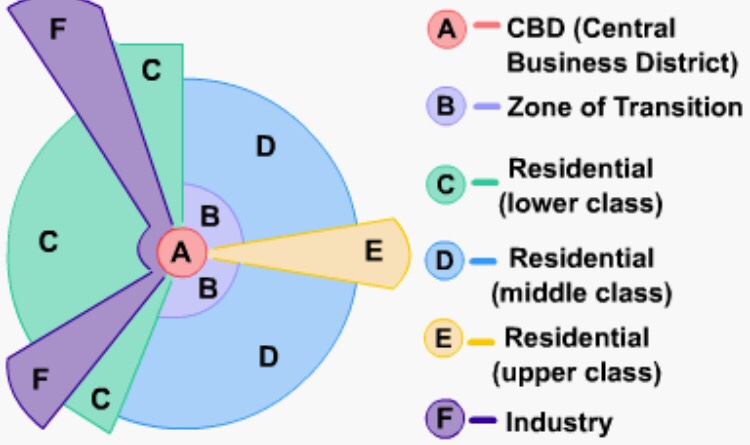Key Concepts in Human Development and Social Change
1/19
There's no tags or description
Looks like no tags are added yet.
Name | Mastery | Learn | Test | Matching | Spaced |
|---|
No study sessions yet.
20 Terms
Human Development Index (HDI)
is a tool created by the United Nations to rank countries based on life expectancy, education (average and expected years of schooling), and Gross National Income per capita. It helps identify how developed or undeveloped a country is in terms of human well-being, not just money.
Heavily Indebted Poor Countries (HIPC)
are developing nations with high debt burdens and very low income levels. These countries often rely on international aid and programs like debt relief from the IMF and World Bank to help reduce poverty and promote development.
Suburbanization
is the movement of people from city centers to residential areas outside the city known as suburbs. This often happens due to urban overcrowding, rising housing costs, and the desire for more space and safety.
Ruralization
is when people move from urban areas to rural areas, often to escape high costs of living or to seek a quieter lifestyle. In some cases, it's driven by remote work opportunities or dissatisfaction with urban life.
Gentrification
is the process where a poor or run-down neighborhood becomes more desirable due to new development and investment. This often pushes out long-term, low-income residents as rent and property values increase.
Urbanization
is the increase in the number of people living in cities rather than rural areas. It usually happens as people move for jobs, education, and better infrastructure.
Urban Growth
refers to the physical expansion and population increase in a city. It includes new construction, expanding infrastructure, and rising density.
Counter Culture Movement
, especially in the 1960s-70s, was a rebellion against traditional values and authority. It supported civil rights, anti-war protests, environmentalism, and personal freedom; the 'hippie' lifestyle is one of its symbols.
Iron Curtain
was a symbolic and physical divide between the capitalist Western countries and communist Eastern Europe after World War II. It represented the growing tension and secrecy of the Cold War.
Cycle of Poverty
refers to a situation where families remain poor across generations due to lack of education, healthcare, and job opportunities. It's difficult to break without government or community intervention.
Genocide Denial
is when individuals or governments refuse to acknowledge or purposely downplay the occurrence of a genocide. This can be for political reasons or to avoid responsibility for past crimes.
Example of relative location
Surrey, BC is located southeast of Vancouver and just north of the US-Canada border.
Burgess Urban Theory Model
(Concentric Zone Model)
Suggests cities develop in rings around a central core (CBD). Inner rings are poorer or industrial, outer rings are wealthier suburbs. Criticized for being too simplistic and outdated.

Hoyt Urban Theory Model
(Sector Model)
Suggests cities develop in sectors (wedges), not rings.
Transportation routes like roads or railways influence city layout Shows wealthier and poorer areas expanding outward in slices from the center.

Vietnam War
A Cold War conflict (1955–1975) where the U.S. supported South Vietnam to stop the spread of communism from North Vietnam. It involved brutal guerrilla warfare, chemical weapons like Agent Orange, and ended with North Vietnam winning after the U.S. withdrew. Millions died, and it caused major protests globally.
Residential Schools
Government-funded, church-run schools in Canada (1830s–1990s) that forced Indigenous children to abandon their language and culture. Many faced abuse and trauma. The goal was assimilation. These schools caused lasting harm to Indigenous communities and are now recognized as a major injustice.
Armenian Genocide
In 1915, the Ottoman Empire systematically killed and deported around 1.5 million Armenians. It is considered the first modern genocide. Victims were forced on death marches, starved, and massacred. Turkey still denies it was genocide, causing ongoing controversy.
Holocaust
During World War II (1941–1945), Nazi Germany murdered 6 million Jews and millions of others (Roma, disabled, LGBTQ+, etc.) in concentration camps and mass executions. Led by Adolf Hitler, it was a state-sponsored genocide aiming to eliminate entire groups with the use of gas chambers
Cambodian Genocide
From 1975 to 1979, the Khmer Rouge regime, led by Pol Pot, killed around 2 million people in Cambodia. The goal was to create a communist, agrarian society by eliminating educated people, minorities, and anyone seen as a threat. Victims died from execution, starvation, and forced labor.
Rwandan Genocide
In 1994, about 800,000 Tutsi and moderate Hutu were killed in just 100 days by Hutu extremists in Rwanda. Fueled by ethnic hatred, propaganda, and political tensions, neighbors turned on neighbors. The world failed to intervene, making it one of the worst modern genocides.